People Who Prove the World May Not be Going to Hell in a Handcart: Part 1
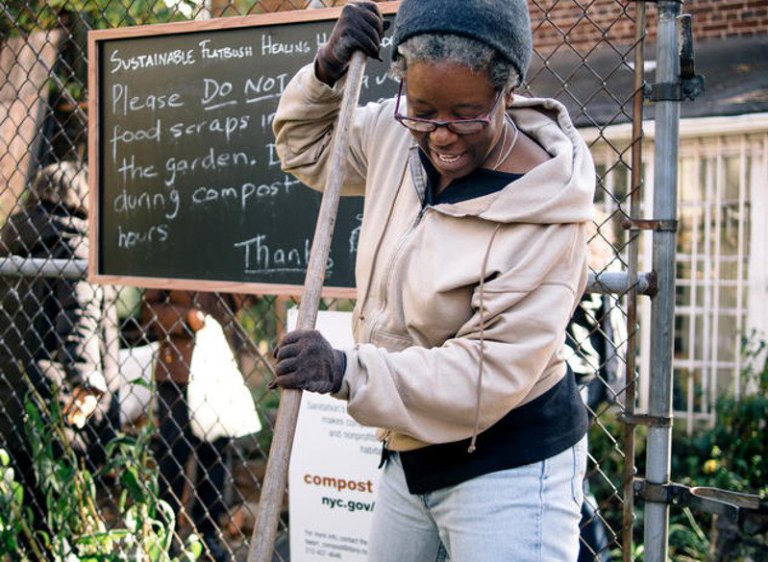
Environmental advocacy is one of the major passions of my life, but – as anyone else who strives to raise awareness of environmental or humanitarian problems will know – it can get depressing. There are, unfortunately, so many reasons to despair when it comes to the state of our world. However, whenever I write about these issues, I strive to remain optimistic, spread the word about positive developments, and share stories about individuals and groups who are making a genuine difference in their communities. I’m going to do a series of posts over the next few days about those who give us reason to be hopeful, which will be given the (not at all awkward or clunky) title:
This post is part one of the series. Here, I intend to highlight Sheryll Durrant, an amazing woman who has done some incredible work in tackling the issue of food insecurity in New York City.
Sadly, we live in a world where food security – the matter of simple access to an adequate amount of nutritious food – is enormously difficult for far too many people. The United Nations’ Food and Agriculture Organization (FAO) estimates that about 795 million people (close to one-ninth of the world’s population of 7.3 billion) suffered from chronic malnourishment during 2014 to 2016. In the U.S., an estimated 42.2 million people were estimated to be living in food insecure households in 2015. Recent initiatives to improve this sobering statistic have focused on bringing higher-quality nutrition to poverty-stricken areas and advocating for a more equitable and fair food system.
Urban farming projects aim to provide local residents with high-quality produce, while also giving them a much-needed boost in confidence through their involvement with the schemes. Two notable examples are Grow City in San Francisco, California, and Detroit Dirt in Detroit, Michigan. On a global level, urban farms now feed an estimated 700 million city dwellers and supply around 15 percent of the world’s food.
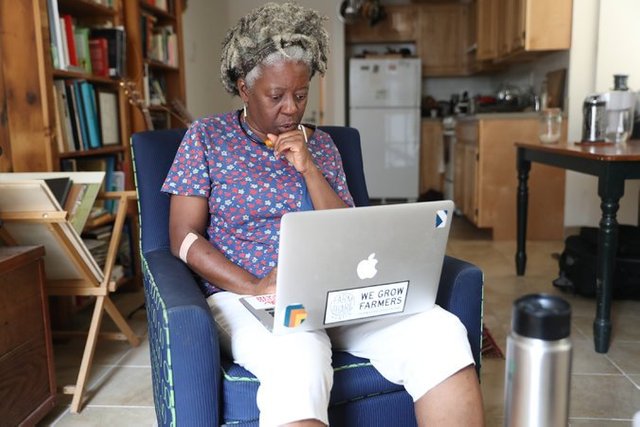
Durrant grew up as a farmer's daughter in Kingston, Jamaica. She moved to New York City in 1989. After earning an undergraduate business degree and working in the marketing sector for nearly twenty years, she decided to leave her job in 2008 and try volunteering at a community garden in her Brooklyn neighbourhood. For her, this decision marked a return to her roots, reminding her of the days when she would help her parents to harvest fresh fruits and vegetables as a child. In an interview with the Natural Resources Defense Council (NRDC), she said, “I would plant flowers or melons, and that sense of putting your hand in the soil and becoming a part of that green space flooded back to me.”
Durrant soon threw herself wholeheartedly into her local urban gardening movement by working with the Sustainable Flatbush group. When she asked people living in the area what they most wanted to see in their community garden, many immigrant residents expressed a desire to grow the herbs and plants of their native countries. This inspired Durrant and her fellow volunteers to establish a medicinal and culinary herb garden, in addition to organising numerous well-attended workshops on how to use the new produce.
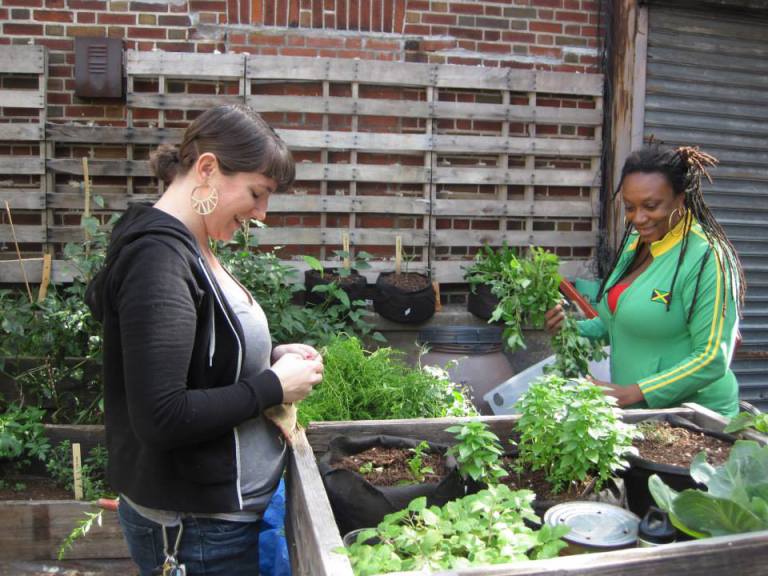
She then relocated to an area of high food insecurity in the South Bronx, where stores seldom carry nutritious, fresh produce, due to a lack of turnover. Durrant explained that poverty is the main reason for this, saying, “If I have a limited amount of income, why would I waste my money or benefits on food that is going to perish in no time – that’s already rotted when I get there?” In order to stretch their limited incomes as far as they possibly can, local residents usually buy processed, long-life foods that come in cans or boxes. This high intake of processed food has been linked to rampant health problems within South Bronx communities.
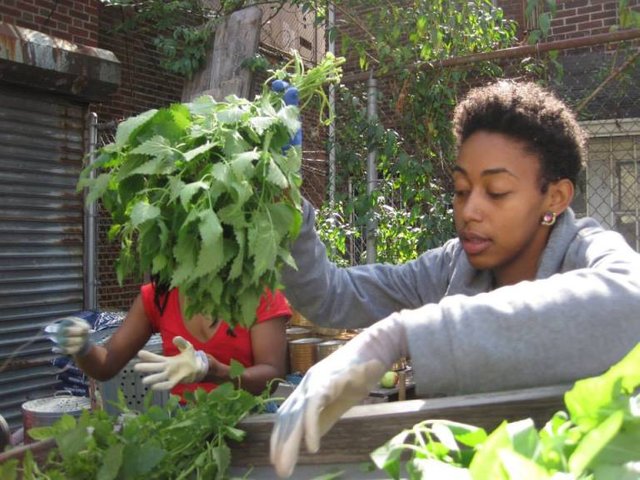
Durrant is currently the garden manager of the 2,500-square-foot Kelly Street Garden. This garden produced 1,200 pounds of free food in 2016. She also works as a seasonal farm coordinator at the International Rescue Committee’s half-acre New Roots Community Farm. While Durrant knows that her efforts may not present a permanent solution to the problem of food insecurity, she believes that they can help empower communities who have grown accustomed to a chronic lack of agency in the food choices that they are able to make.
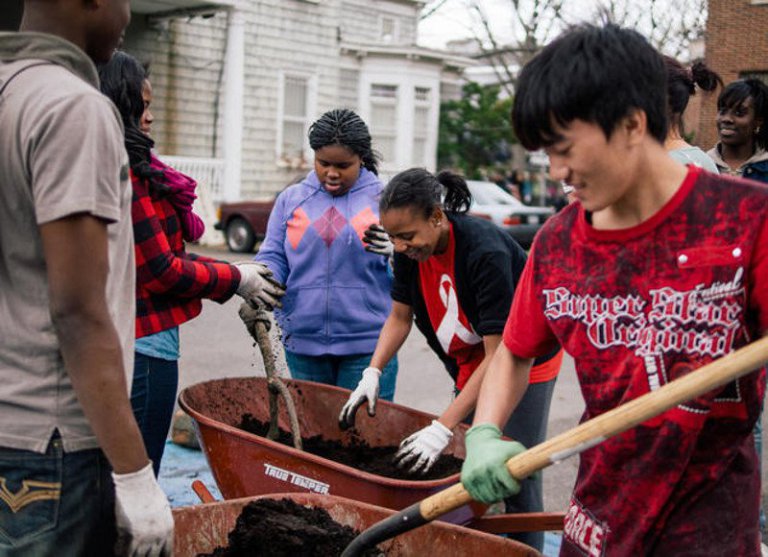
“I’m not saying that community gardens and urban farms can feed New York City,” she remarked. “Please, it’s a city with over eight million people. But they can provide some relief. They give you access to grow the food you want. That’s where the food justice part comes in.” She has also pointed out that urban gardens can be a great way of raising awareness around issues such as social inequities, low wages and lack of affordable housing: all of which can cause people to struggle with accessing nutritious food. “Community gardens form a good space for people to come together around those issues and hopefully find great organising allies,” she has explained.